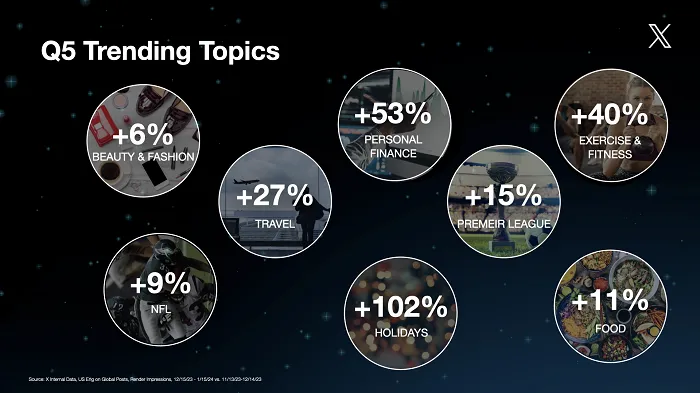A common mistake business people make—often with the belief it will help them get ahead—is to consistently maintain a distance from conflict. In actuality, it’s the ability to get comfortable having uncomfortable conversations that drives real business success.
That’s because your team likely has good intentions but may find themselves falling into friction and tension. Creative conflict is inevitable, and leaders and team members will need to have difficult conversations to align and achieve their mission.
Early in my career, I was approached with a short, impromptu, difficult conversation that changed the trajectory of my professional life. It was something that momentarily shook me. Yet years later, it not only feels like a necessary moment, but a pivotal one.
The context here is easy to relate to: I had just been promoted to a role for which I was qualified, but felt unfamiliar. In an effort to get some ballast, I sought out some guidance, which turned out to be poor advice. Bad advice I then repeated in the presence of my boss’ boss.
His name is Bill. We’re still close.
A week after unknowingly getting on Bill’s radar for the wrong reasons, I attended our annual sales kickoff meeting. Bill and the company CEO were at a ballroom lectern addressing 1,000 of us. After they finished, as I walked toward the exit along with the crowd, Bill called out from across the room and waved me over.
“Can you talk to me for a few minutes?” he asked.
Anxiety rapidly flooded my mind. This thought overwhelmed me: You’re about to be fired in front of your team after your first week at a new job.
As Bill began to speak, I realized my instinct … was not correct. My emotions began to subside. What happened? Bill made it clear immediately why we were having the conversation.
1) Intent. Declaring your intent is a way of expectation setting. As we stood in the ballroom, Bill started by saying that he was excited about my trajectory, but wanted to steer me in one key area. He saw me heading down a wrong path, probably because I’d been swayed by an existing culture he wanted to change.
In fact, he told me he hoped I’d be a catalyst who could raise performance across my group, stretching for goals some thought were beyond our reach. By defining clear measures of success and a plan to achieve them, he was beginning with the end in mind.
The exact words Bill used over a decade ago are lost to me now and don’t really matter—because intent matters far more than technique.
What remains is the feeling he left me with: He was counting on me, trusted me and thinking win-win. His message conveyed genuine optimism about my future, and the organization’s.
Another reason declaring intent is key is the wholesale embrace of digital communication channels, rather than face-to-face or personal conversations over the phone. As a result, the chances of having a one-dimensional conversation go awry is much greater now.
2) Timing. By choosing such a public venue at such a hectic time, Bill matched his clear intent with an equally clear sense of timing.
He didn’t just want me to know what he was thinking at some point. He wanted me to know it the first chance he had to tell it to me in person, even though it meant making it happen amid other priorities. If Bill hadn’t been proactive and instead called me into his office weeks later, long after the inciting incident, his timing would’ve been far less impactful.
He also, thankfully, didn’t have his assistant book me for that Friday afternoon, which likely would have created elevated levels of anxiety. Or worse, tell me he wanted to connect the following Monday, leaving me to fret over a weekend.
3) Urgency. Corralling me the way he did meant Bill wanted to get past whatever problematic path he’d noticed me going down immediately. Which is exactly the point of a difficult conversation.
Now that I’ve been in leadership roles for more than a decade, I better understand Bill’s motive and point of view. I used to hate having difficult conversations, principally because I didn’t want to make anyone feel bad.
That was a mistake. The point isn’t the conversation itself, but what’s on the other side of it. A properly conducted difficult conversation is the quickest way to turn tension into progress. Which is why leaders shouldn’t just not put them off, but tackle them with urgency, even optimism.
In an increasingly dynamic business environment, you need all of your people to work through points of friction efficiently, so that they can generate ideas and insights, and pursue goals with speed. That requires having difficult conversations to create a common understanding of the mission and a willingness by team members to abandon ideas that aren’t working and embrace ideas that will.
Since that difficult conversation with Bill, I’ve had hundreds of my own, perhaps thousands. It may have been hard for Bill to bring up the issue at hand. Yet I know for certain how necessary it was, not only for me, despite my initial fears, but for Bill and the direction of the organization.
That difficult conversation helped me see I was capable of being a change agent, and that I had a role to play in growing the company and improving its culture—setting me on a path I’ve traveled since.








































































